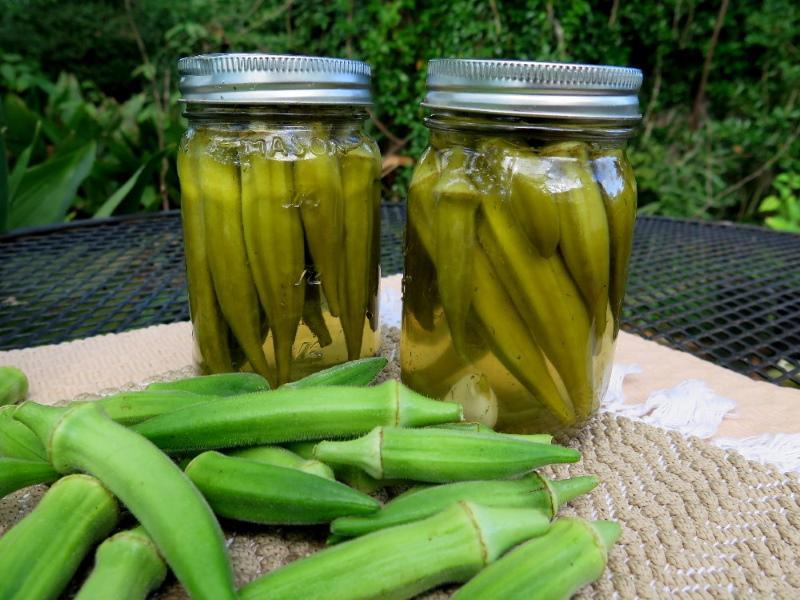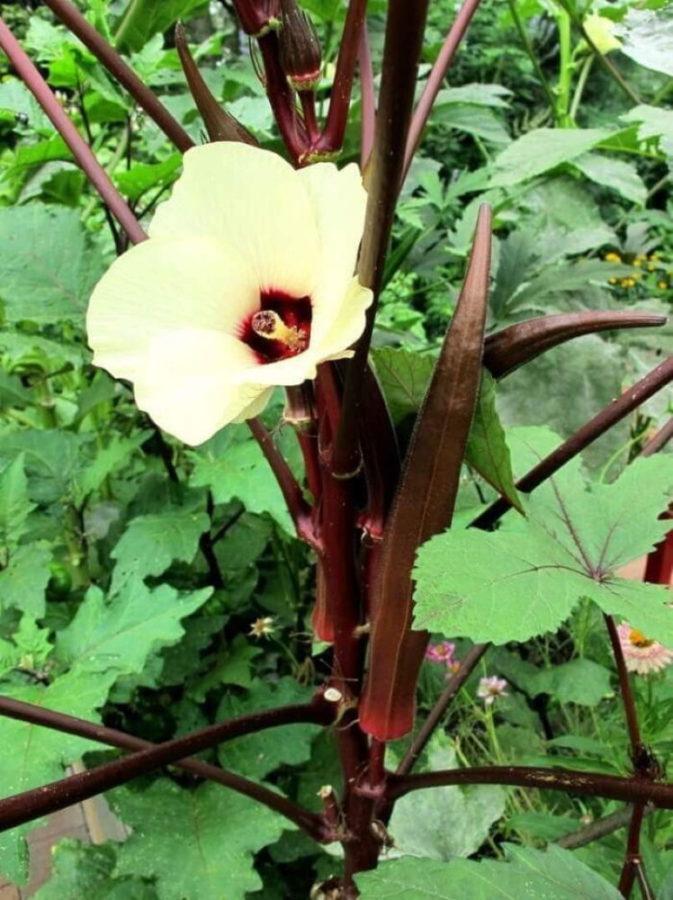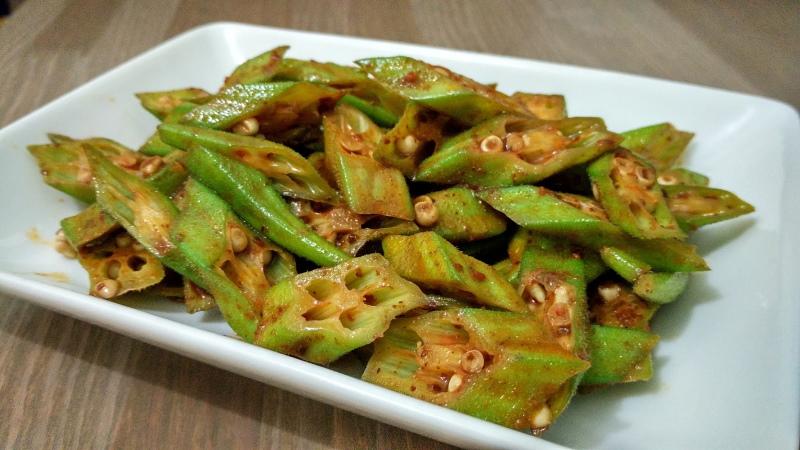It turns out that hibiscus can also be edible - okra, useful properties and contraindications
 This amazing plant can be considered both a flower and a vegetable. The culture has beautiful leaves and large inflorescences, as well as edible fruits, and even the roots can be used for medicinal tinctures. Okra, whose useful properties and contraindications are not yet particularly known in our country, is widespread in eastern countries. It is there, in a warm climate, that it is massively grown, and for a long time. Okra is widely used in Indian and Asian cuisine both fresh and cooked. In Russia, only a few plants are grown, mainly in the Krasnodar Territory, since it is very thermophilic.
This amazing plant can be considered both a flower and a vegetable. The culture has beautiful leaves and large inflorescences, as well as edible fruits, and even the roots can be used for medicinal tinctures. Okra, whose useful properties and contraindications are not yet particularly known in our country, is widespread in eastern countries. It is there, in a warm climate, that it is massively grown, and for a long time. Okra is widely used in Indian and Asian cuisine both fresh and cooked. In Russia, only a few plants are grown, mainly in the Krasnodar Territory, since it is very thermophilic.
What is okra

At the end of flowering, the fruits are tied - small pods, like those of pepper, but with ribbed edges and a pointed tip. Thanks to these ribs, in the cut, the fruit looks like a star with white seeds inside. It is these pods that are eaten: they are added to salads, fried, stewed. They have an interesting taste, something in between zucchini, asparagus and eggplant.
Only young fruits, which are not more than 5 days old, are eaten. Older pods become tough and not tasty. However, if the seeds are allowed to mature in them, they can be made into coffee or oil.
Okra - useful properties and contraindications
 The green fruits of okra contain a lot of useful substances. Therefore, their use has a positive effect, primarily for the digestive system and not only. At the same time, pods have a small calorie content (33 kcal), but there are quite a lot of carbohydrates (almost 78%). They are also rich in vitamins, among which vitamin K is the leader, as well as in minerals. Most of all okra contains folic acid, manganese, magnesium and potassium.
The green fruits of okra contain a lot of useful substances. Therefore, their use has a positive effect, primarily for the digestive system and not only. At the same time, pods have a small calorie content (33 kcal), but there are quite a lot of carbohydrates (almost 78%). They are also rich in vitamins, among which vitamin K is the leader, as well as in minerals. Most of all okra contains folic acid, manganese, magnesium and potassium.
In addition, the fruits are used to prepare medicinal decoctions. Okra roots are also suitable for the same purposes.
What happens to the body as a result of eating fruits
 If you regularly eat okra or take medicinal decoctions from it, you can:
If you regularly eat okra or take medicinal decoctions from it, you can:
- to establish the work of the digestive tract;
- accelerate the healing of ulcers and erosion;
- relieve inflammation of the respiratory system;
- moisturize the mucous membranes of the respiratory system;
- increase immunity, hemoglobin, vascular elasticity;
- improve the condition of the skin, hair;
- reduce blood glucose and bad cholesterol.
The use of okra is a prophylaxis against cancer due to the content of glutathione in it.
As for contraindications, okra does not have them.The only thing to consider is that the fruits themselves are covered with fine hairs. They can cause an allergic reaction. And, of course, moderation must be observed when consumed in food. If you eat a lot of pods, you may experience diarrhea or constipation.